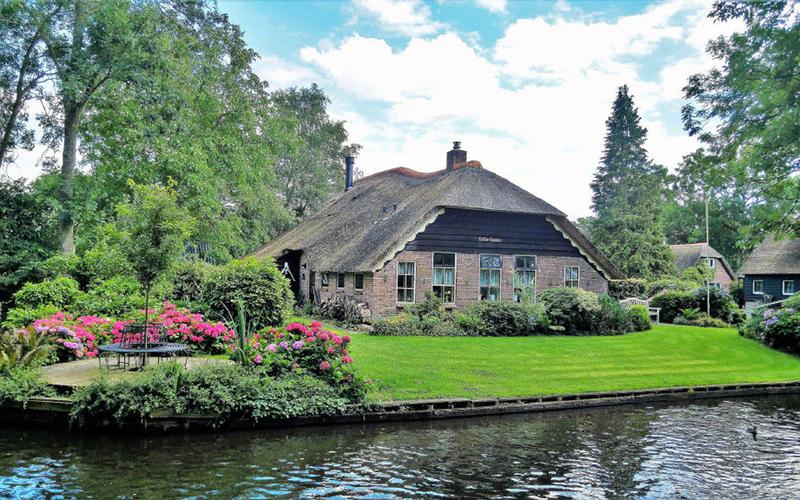Breaking Down the Unwritten Rules: Navigating Nepal’s Cultural Norms
Nepal, a country nestled in the Himalayas, offers a surreal experience like no other. Its people, culture, and traditions have remained untouched for generations. It’s a land of religious diversity, with over 80% of the population being Hindus, and a mix of Buddhist, Jainism, Sikhism, Islam, and Christianity. Nepal is rich in history and cultural norms that may be different from what one may be accustomed to. Therefore, it’s important to educate oneself before immersing themselves in Nepalese culture. In this article, we’ll explore the unwritten rules of Nepal so that travelers can have a better understanding of how to navigate the cultural norms.
Respect for Elders
Nepal is a country with a deep respect for elders. This respect is translated in different ways, such as calling them by formal titles or adding suffixes to their names. For example, a younger person would add “dai” or “didi” to the name of an older person of either gender as a sign of respect. Furthermore, one should not speak loudly or argue in front of elders, and it’s considered disrespectful to sit with legs crossed in their presence.
Religious Customs
As mentioned earlier, Nepal is a land of religious diversity. Its holy sites, such as Pashupatinath and Swayambhunath, are visited by thousands of devotees every year. It’s important to respect religious customs and traditions while visiting such sites. For example, it’s mandatory to remove shoes before entering any religious place. Women must dress modestly and cover their heads while in a temple. Visitors should also avoid touching or stepping on the offerings made by devotees at religious sites.
Food Customs
Nepal is known for its diverse culinary culture. However, there are some food customs that visitors should be aware of. For example, it’s customary to eat with one’s hands in Nepal. However, it’s considered impolite to use the left hand as it’s considered unclean. Moreover, guests are always served first, and it’s customary to offer food to elders before eating. Additionally, it’s impolite to waste food or leave food on one’s plate.
Greetings and Body Language
Greetings in Nepal are formal and respectful. The common greeting is “Namaste,” where palms are brought together in prayer-like gesture at chest level, and a slight bow follows. It’s imperative to greet elders and higher authorities first, and one should not address them by their first name unless given permission. Body language is also essential in Nepal, as Nepalese people prefer non-confrontational behavior. It’s considered impolite to point fingers or use gestures, such as crossing one’s legs or arms while speaking.
Conclusion
Nepal’s cultural norms are rich in history and tradition, and it’s imperative to respect and follow them when traveling to the country. The respect for elders, religious customs, food customs, greetings, and body language are just some of the critical elements to keep in mind. Learning and following these unwritten norms will help visitors have a better time in Nepal and avoid any undue complications. So, embrace the culture with an open mind, and you’ll surely have a memorable experience in this beautiful country.
(Note: Do you have knowledge or insights to share? Unlock new opportunities and expand your reach by joining our authors team. Click Registration to join us and share your expertise with our readers.)
Speech tips:
Please note that any statements involving politics will not be approved.
